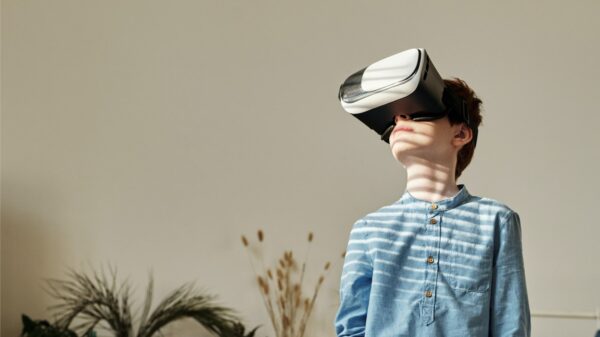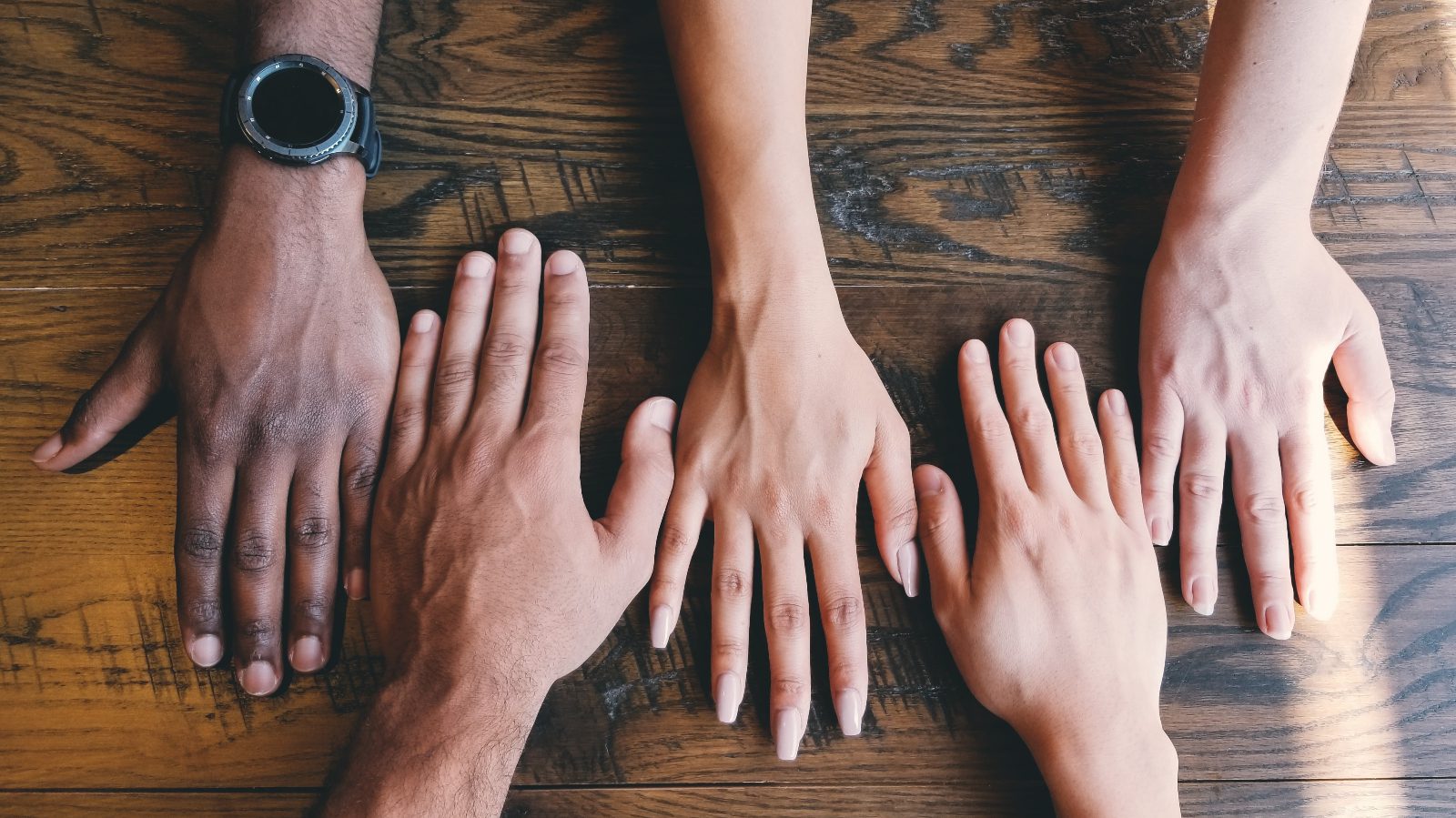There is no denying that Shonda Rhimes can make us cry. The powerhouse creator of household name shows like Grey’s Anatomy, Scandal and How To Get Away With Murder is the Adele of the television world. Rhimes has a remarkable prowess for mirroring our deepest insecurities in her portrayal of diversity in TV. But while the Shonda Effect has inspired a push to give more onscreen visibility to women, people of color and the LGBTQ community, Rhimes herself doesn’t see her work as anything short of obvious. As she put it in a speech she delivered in 2015:
“I really hate the word ‘diversity.’ It suggests something … other. As if it is something special, or rare. Diversity! As if there is something unusual about telling stories involving women and people of color and LGBTQ characters on TV. I have a different word: normalizing. I’m normalizing TV. I am making TV look like the world looks. Women, people of color, LGBTQ people equal way more than 50 percent of the population. Which means it ain’t out of the ordinary.”
It seems as though the rest of network television is finally catching up. We’ve seen much more diversity in TV: A record-breaking number of shows launched with people of color in lead roles, featuring diverse or in some cases, majority ethnic casts. This dramatic shift is long overdue, especially given the fact that America’s three largest racial minority groups — Hispanics, African-Americans, and Asians — account for 41.2% of TV-watching adults aged 18-49. While Rhimes’ many hits, along with Orange Is The New Black and The Mindy Project paved the way, it is recent offerings that have begun to push the envelope. ABC’s Fresh Off The Boat and Black-ish, as well as, the CW’s Jane The Virgin are standouts in that they feature everyday people of color in their own spaces, instead of in relation to a predominantly white world.
Whether it’s a Taiwanese-American family’s internal struggle with suburban assimilation or the telenovela-style satire of a matriarchal Hispanic family, the common thread of 2015’s breakout TV offerings lie in their shared ability to give the audience a glimpse into what it means to be a person of color in modern day America. It allows for minority representation to stand on its own two feet, in a way that is real, inspiring, and most of all, unabashedly funny. Each show is a window into a different culture, with behind-the-curtain commentary provided through the characters interactions with each other. This is the best possible extension of the ‘always had a question, but were too afraid to ask?’ forum, allowing people of color to address, challenge and, where appropriate, own their racial stereotypes for comedic effect.
Sharing in a common experience is the key, according to Rhimes:
“You should get to turn on the TV and see your tribe. And your tribe can be any kind of person, anyone you identify with, anyone who feels like you, who feels like home, who feels like truth. You should get to turn on the TV and see your tribe, see your people, someone like you out there, existing.”
Black-ish (which draws equal comparisons to The Cosby Show and Modern Family), along with Fresh Off The Boat, both rely on common enough family sitcom tropes to be relatable to even the most middle America viewership. But they don’t shy away from the provocative stuff. An episode of Black-ish evokes a multi-generational and cross-cultural debate on who (if anyone), can use the N-word (a plotline inspired by a text the show’s creator, Kenya Barris, found on his teenage daughter’s phone). Meanwhile, Constance Wu’s portrayal of the quintessential Tiger Mum is outstanding in its own right, but in the context of Fresh Off The Boat, her sticky rice Tupperware lunches and insistence on Chinese after-school classes are given enough airtime to evolve into an alternative (but no less nurturing) form of maternal instinct.
“The goal is that everyone should get to turn on the TV and see someone who looks like them and loves like them,” Rhimes says. “And just as important, everyone should turn on the TV and see someone who doesn’t look like them and love like them. Because, perhaps then, they will learn from them.”
To this day, mainstream television retains its unimpeachable power as a medium of entertainment that crosses all racial, socioeconomic and geographic boundaries, beaming into homes across America and delivering what is often the only alternate perspective. As ratings rise on shows featuring minority leads and richly diverse storylines, so too do we alter public perception of the other.


























